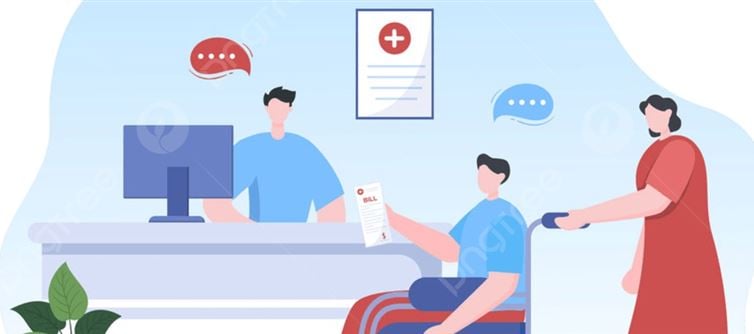
“Healthcare’s Double Loot: How Hospitals & Insurers Rig the Game — And How You Can Fight Back”
In India, going to a hospital can feel like stepping into a financial trap. Flash your insurance card, and suddenly your bill balloons. Pay cash, and you’re charged the full “rack rate” while insurers quietly enjoy steep discounts. Both sides play the game — and the patient always loses. Here’s the ugly truth behind India’s healthcare billing maze, and how you can protect yourself.
1. Insurance Patients = Bloated Bills
Hospitals often pad bills for insured patients, adding unnecessary consumables, tests, or procedures, knowing the insurer — not the patient — will “cover” it.
2. Cash Patients = Silent Victims
If you walk in without insurance, you may actually pay more for standard surgeries than an insured patient, because hospitals stick you with the maximum listed tariff.
3. The GIPSA Game
India’s big four PSU insurers (National, New India, Oriental, and United) formed GIPSA, which negotiates lower package rates with hospitals. So while they pay hospitals less, they continue charging patients higher premiums, pocketing the margin.
4. Three Rate Cards, zero Transparency
Hospitals often maintain separate tariffs — one for cash patients, one for insurance, and one for corporates. Patients are rarely told this. Lack of standardization = easy exploitation.
5. Premiums Rise, Trust Falls
Insurers justify annual premium hikes by pointing to inflated hospital bills — but they’ve already negotiated lower payouts. The loser? You, the policyholder, pay both higher premiums and hidden costs.
6. Healthcare or business Cartel?
Both hospitals and insurers operate under the guise of “care” and “protection,” but their real partnership is in maximizing profits at patients’ expense.
✅ How Patients Can Protect Themselves
Ask for GIPSA Rates
If you’re insured with a PSU company, demand the GIPSA package rates for common surgeries. Don’t accept the “printed” rate blindly.
Insist on Itemized Bills
Hospitals often bundle vague charges (“consumables,” “miscellaneous”). Ask for line-by-line billing — it deters inflation.
Compare Multiple Hospitals
Tariffs vary widely even within the same city. A bit of research can save lakhs.
Challenge Overcharging
File complaints with the insurance ombudsman, IRDAI, or consumer forums. Hospitals and insurers back down faster when pressure mounts.
Consider Top-Up Plans
Instead of paying inflated premiums, buy a base cover with a top-up policy. It’s often cheaper and shields you from sudden hikes.
💥 Bottom Line: India’s healthcare system is not just broken — it’s rigged. Hospitals inflate, insurers negotiate, and patients bleed. Until transparent, standardized tariffs are enforced, the only defense is awareness, questioning, and collective pressure.




 click and follow Indiaherald WhatsApp channel
click and follow Indiaherald WhatsApp channel